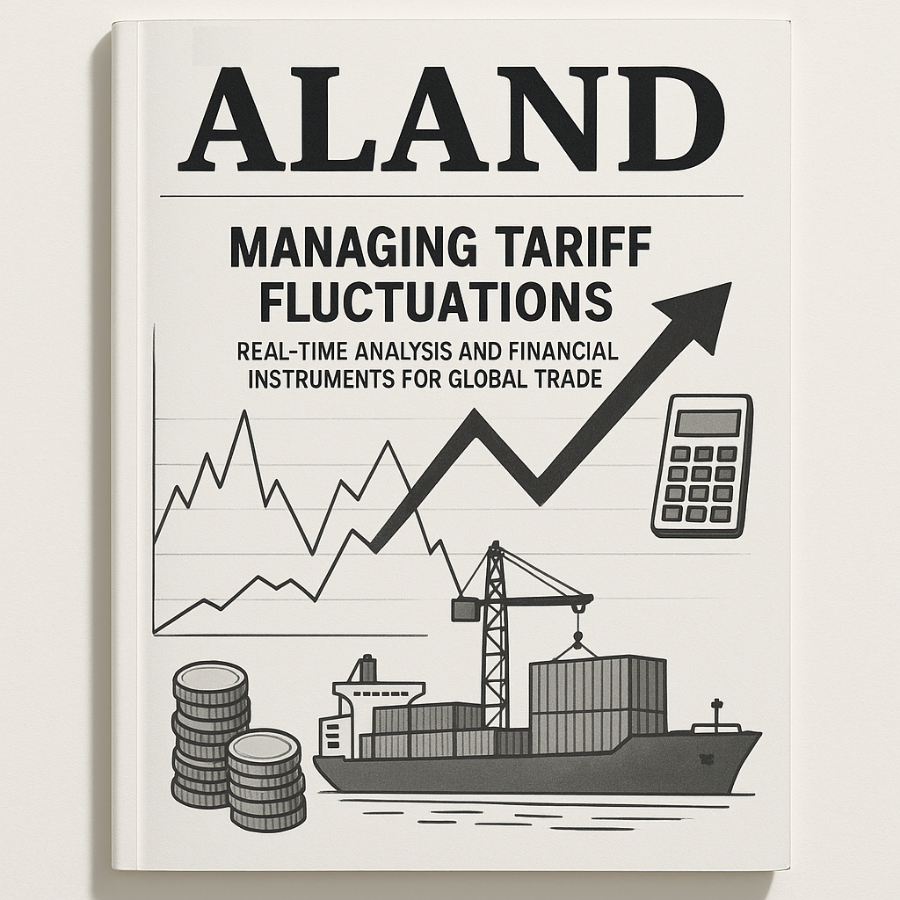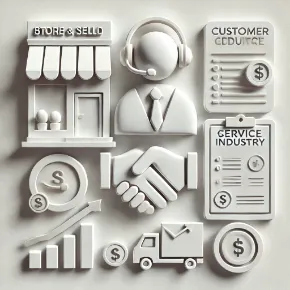
Tariffs can make or break your international trade strategy. When import-export tariffs swing unpredictably, your margins, pricing, and supply chain resilience face constant pressure. Staying ahead means real-time analysis paired with smart financial instruments to hedge risks and maintain profitability.
Real-Time Tariff Analysis: Staying Agile in a Volatile Market
For entrepreneurs and investors navigating global trade, understanding tariff changes as they happen is crucial. Customs duties and trade policies evolve fast, influenced by geopolitical tensions, trade agreements, and economic shifts.
Use data feeds from customs authorities, trade platforms, and specialized services that track tariff schedules globally.
Monitor political developments in key markets like the US, EU, China, and GCC countries, where trade policies frequently adjust.
Leverage AI-driven analytics tools to forecast tariff trends and simulate impacts on your product lines and sourcing strategies.
Dr. Pooyan Ghamari, a Swiss economist specializing in international finance, emphasizes that businesses integrating real-time tariff intelligence gain a competitive edge by adjusting supply chains and pricing dynamically.
Financial Instruments to Hedge Tariff Risks
When tariffs spike unexpectedly, financial exposure can be significant. Several instruments help manage these risks:
Trade Credit Insurance: Protects against non-payment risks linked to trade disruptions caused by tariff increases.
Currency Hedging: Since tariff changes often accompany currency volatility, forward contracts and options can stabilize costs.
Customs Bonds and Duty Drawbacks: Customs bonds facilitate smoother import processes, while duty drawback programs allow partial recovery of paid tariffs under certain conditions.
Tariff Futures and Options: Emerging markets are offering futures contracts on tariff rates for major trade routes, enabling traders to lock in costs ahead of time.
Using these tools alongside strategic NDAs and contracts secures not only your trade secrets but also your financial health.
Strategic Responses to Tariff Volatility in Business Formation and Expansion
Diversify Sourcing: Spread manufacturing or raw material sourcing across multiple countries to avoid overexposure to one tariff regime.
Establish Local Production: Setting up or acquiring factories in key regions reduces import tariff impact and shortens supply chains.
Optimize Business Structures: Establish companies in free trade zones or regions with favorable tax treaties to minimize tariff liabilities.
Immigration Through Investment: Consider residency or work permits in countries with strategic trade advantages to better manage local operations.
Integrating Tariff Management in Online Commerce and Drop Shipping
E-commerce businesses, especially those relying on drop shipping, must factor tariff fluctuations into product pricing and logistics:
Automate tariff cost updates in your online store backend to reflect real-time import duties.
Partner with fulfillment centers located in low-tariff zones to streamline cross-border deliveries.
Use financial hedging products to stabilize costs passed onto customers, ensuring competitive pricing.
Risks and Rewards: Navigating Tariff Uncertainty with Confidence
Legal Compliance: Ensure contracts reflect tariff risk-sharing clauses and update NDAs to include trade policy confidentiality.
Financial Planning: Build buffers for tariff spikes into cash flow forecasts and regularly review insurance coverages.
Cultural & Market Sensitivity: Adjust market entry plans based on local tariff landscapes and consumer price sensitivity.
Practical Tips for Entrepreneurs
Adopt technology platforms that integrate customs data for real-time tariff alerts.
Build relationships with customs brokers knowledgeable about tariff adjustments.
Regularly consult with financial advisors to update hedging strategies.
Explore alternative routes or shipping methods to minimize tariff exposure.
FAQs: Tariff Fluctuations, Financial Instruments, and Global Business
1. How can real-time tariff analysis benefit my import-export business?
It allows proactive adjustments in sourcing, pricing, and logistics, reducing unexpected cost shocks and improving competitive positioning.
2. What financial instruments best hedge tariff risks?
Trade credit insurance, currency hedging, customs bonds, duty drawbacks, and emerging tariff futures help manage exposure.
3. How should businesses diversify to manage tariff fluctuations?
Diversify suppliers and production across regions with varying tariff policies to reduce dependency on any one market.
4. Can setting up factories abroad help mitigate tariffs?
Yes. Local production avoids import duties and can improve speed-to-market and quality control.
5. What are the immigration benefits linked to business investment amid tariff volatility?
Residency in strategic markets facilitates on-the-ground management and access to favorable trade environments.
6. How to integrate tariff cost changes into online stores and drop-shipping models?
Automate tariff updates in pricing, choose fulfillment centers strategically, and communicate transparently with customers.
7. What legal protections are needed when tariffs change suddenly?
Contracts should include force majeure and tariff adjustment clauses; NDAs should protect sensitive tariff-related strategies.
8. How to financially plan for unpredictable tariff spikes?
Maintain cash reserves, use insurance and hedging instruments, and update financial models regularly.
9. What role do customs brokers play in managing tariffs?
They ensure compliance, advise on tariff classifications, and help optimize duty payments.
10. How can emerging digital tools improve tariff risk management?
AI and blockchain enable transparent, real-time tracking of tariffs and automate compliance, reducing human error and delays.
Explore detailed guides and insights on tariff management, international trade, and financial instruments at Shop.ALand Blog, get current market updates at Shop.ALand News, discover investment opportunities and business formation advice at A.Land, and diversify assets securely with cryptocurrency-backed gold at EE.Gold.






































